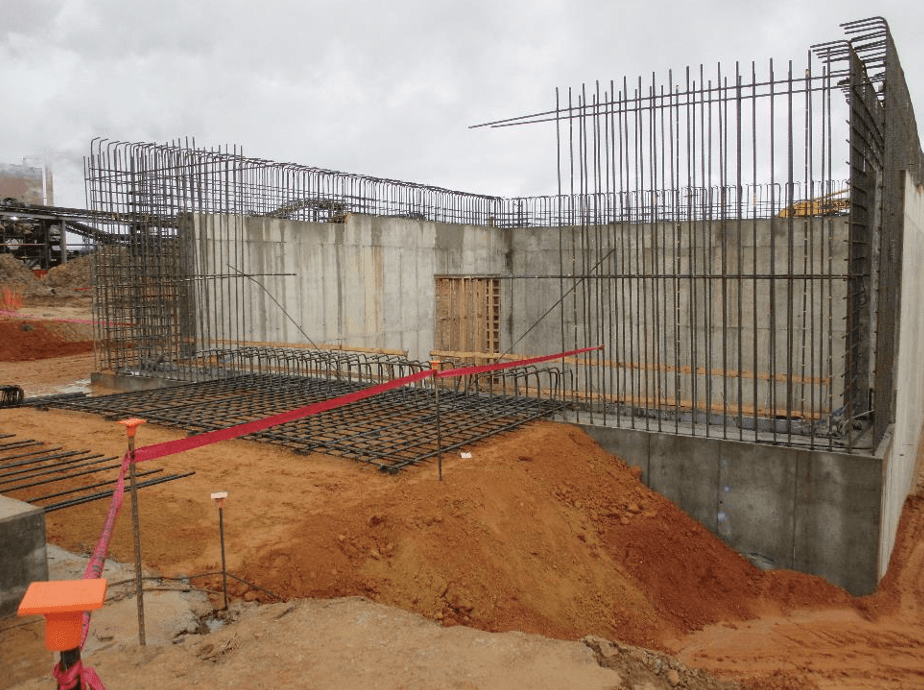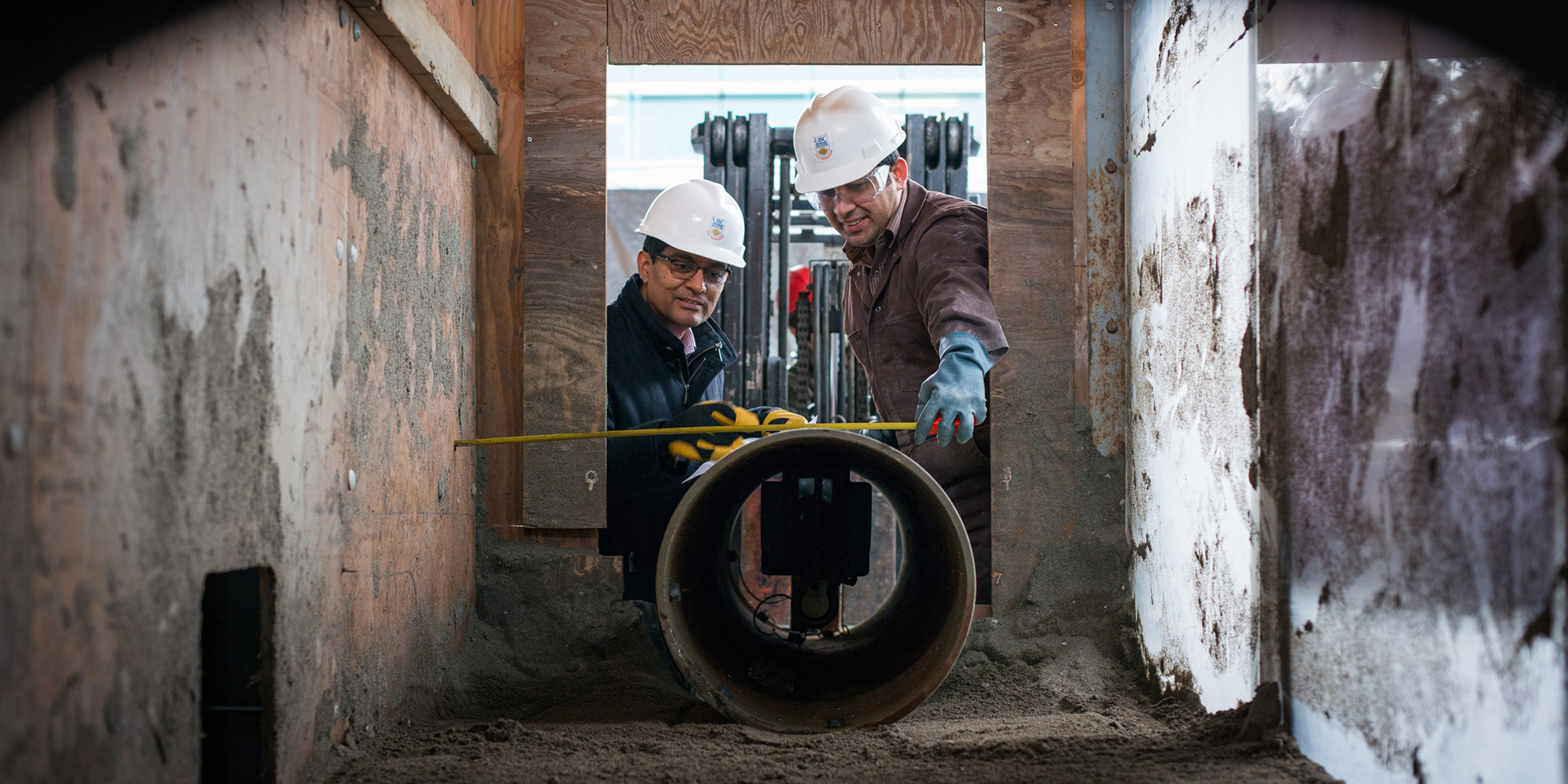Exactly How Consulting Engineers Enhance Geotechnical Engineering Projects: Insights Into Their Proficiency, Methodologies, and Collaborative Approaches
Consulting designers are crucial in improving geotechnical engineering tasks, applying their specialized knowledge to browse the complexities of subsurface problems. Their methods encompass a series of website investigation strategies, including Criterion Penetration Examinations (SPT) and Cone Infiltration Tests (CPT), which notify crucial choices during the layout and building phases. Their joint approaches foster interaction among diverse task stakeholders, ultimately forming the project's trajectory. As we take a look at the multifaceted functions these specialists play, it becomes clear that their payments extend beyond technological proficiency, triggering a closer take a look at the effects for project success.
Role of Consulting Engineers
The know-how of consulting engineers in geotechnical engineering is essential to the effective implementation of construction projects. These professionals play an essential duty in analyzing dirt and rock residential properties, which are essential factors influencing style and building and construction decisions. By conducting extensive website examinations, seeking advice from designers accumulate crucial information that educates the layout procedure, making certain tasks are constructed on secure and ideal ground.
Consulting designers likewise supply vital understandings right into danger administration (geotechnical geologist). They identify potential geotechnical hazards, such as landslides, dirt liquefaction, and negotiation problems, allowing stakeholders to execute effective mitigation approaches. Their experience help in enhancing foundation designs, which can bring about substantial price savings and enhanced safety and security
In addition, seeking advice from engineers work as an essential link between task proprietors, designers, and professionals. Their capacity to convert complicated geotechnical information right into actionable referrals promotes collaboration and assists in notified decision-making throughout the task lifecycle. This multidisciplinary technique not only boosts job performance however also makes sure compliance with governing standards and ideal practices.
Trick Approaches in Geotechnical Design

One main technique is site investigation, which involves carrying out field examinations and research laboratory evaluations to gather data on subsurface problems. Methods such as Standard Infiltration Testing (SPT) and Cone Penetration Screening (CPT) are widely utilized to examine soil stratigraphy and stamina. Furthermore, geophysical techniques, consisting of seismic and electric resistivity surveys, supply non-invasive ways to examine subsurface features.
An additional critical methodology is numerical modeling, which makes it possible for designers to imitate numerous circumstances and forecast exactly how soil-structure interactions will behave under different loading problems. Limited Aspect Analysis (FEA) is a common approach utilized in this context.
Furthermore, the design of foundations, preserving frameworks, and earthworks depends heavily on these approaches - geotechnical geologist. By integrating innovative logical tools with field information, seeking advice from designers can develop customized remedies that attend to particular project obstacles, eventually contributing to the security and security of building projects
Relevance of Soil Evaluation
Soil evaluation acts as a fundamental element in geotechnical design, providing crucial insights right into the physical and chemical homes of dirt required for effective building planning. Recognizing soil features is essential for establishing its load-bearing capacity, drain actions, and potential for negotiation or instability. Detailed soil examinations, consisting of sampling and lab screening, help determine criteria such as dirt type, wetness web content, thickness, and shear strength.
These analyses notify the option of appropriate building methods and products, eventually affecting project safety and durability. As an example, natural soils might require different foundation styles contrasted to granular dirts, necessitating tailored engineering options. Moreover, soil evaluation aids in determining impurities that could pose risks to human health or the atmosphere, permitting the advancement of mitigation methods.
Incorporating soil evaluation right into the onset of project advancement assists to lessen unanticipated difficulties, guaranteeing that engineers can prepare for and resolve possible concerns prior to they escalate. By establishing a thorough understanding of the website conditions, speaking with engineers can optimize design performance and minimize costs, thereby boosting the general success of geotechnical engineering jobs.
Joint Techniques in Projects
Effective geotechnical jobs frequently pivot on collective methods that unite varied competence from various techniques. Efficient partnership among getting in touch with engineers, rock hounds, environmental researchers, and building specialists is vital for addressing complex obstacles and optimizing task end results. By leveraging the one-of-a-kind skills and knowledge of each employee, jobs can benefit from a holistic understanding of the site conditions, regulatory demands, and design constraints.
Routine communication and interdisciplinary conferences facilitate the sharing of understandings and foster a culture of teamwork. These joint efforts enable the identification of possible threats early in the project lifecycle, enabling timely mitigation approaches. Additionally, including feedback from stakeholders, including neighborhood areas and regulatory firms, guarantees that all perspectives are considered, boosting job acceptance and conformity.
In addition, the look at these guys assimilation of innovative technologies, such as Geographic Information Systems (GIS) and Building Information Modeling (BIM), further enhances collaboration. These tools enable the real-time sharing of data and visualization of geotechnical conditions, promoting notified decision-making. Ultimately, Learn More a collaborative method not only improves project execution yet additionally lays the structure for cutting-edge options to complicated geotechnical engineering challenges.
Impact on Project End Results

Consulting engineers use advanced methods such as risk evaluation and anticipating modeling, which enhance the precision of project forecasts. Their capacity to integrate ingenious modern technologies, like geotechnical instrumentation and data analytics, additionally refines the style and building and construction processes. Consequently, tasks experience improved effectiveness, minimized costs, and reduced hold-ups.
In addition, fostering efficient interaction and cooperation among team participants boosts problem-solving capabilities. When difficulties emerge, a joined front allows for quick identification of remedies, protecting against potential troubles. Eventually, the collaborative initiatives of consulting engineers add to better outcomes, guaranteeing that jobs satisfy both regulative requirements and customer assumptions.
Final Thought
